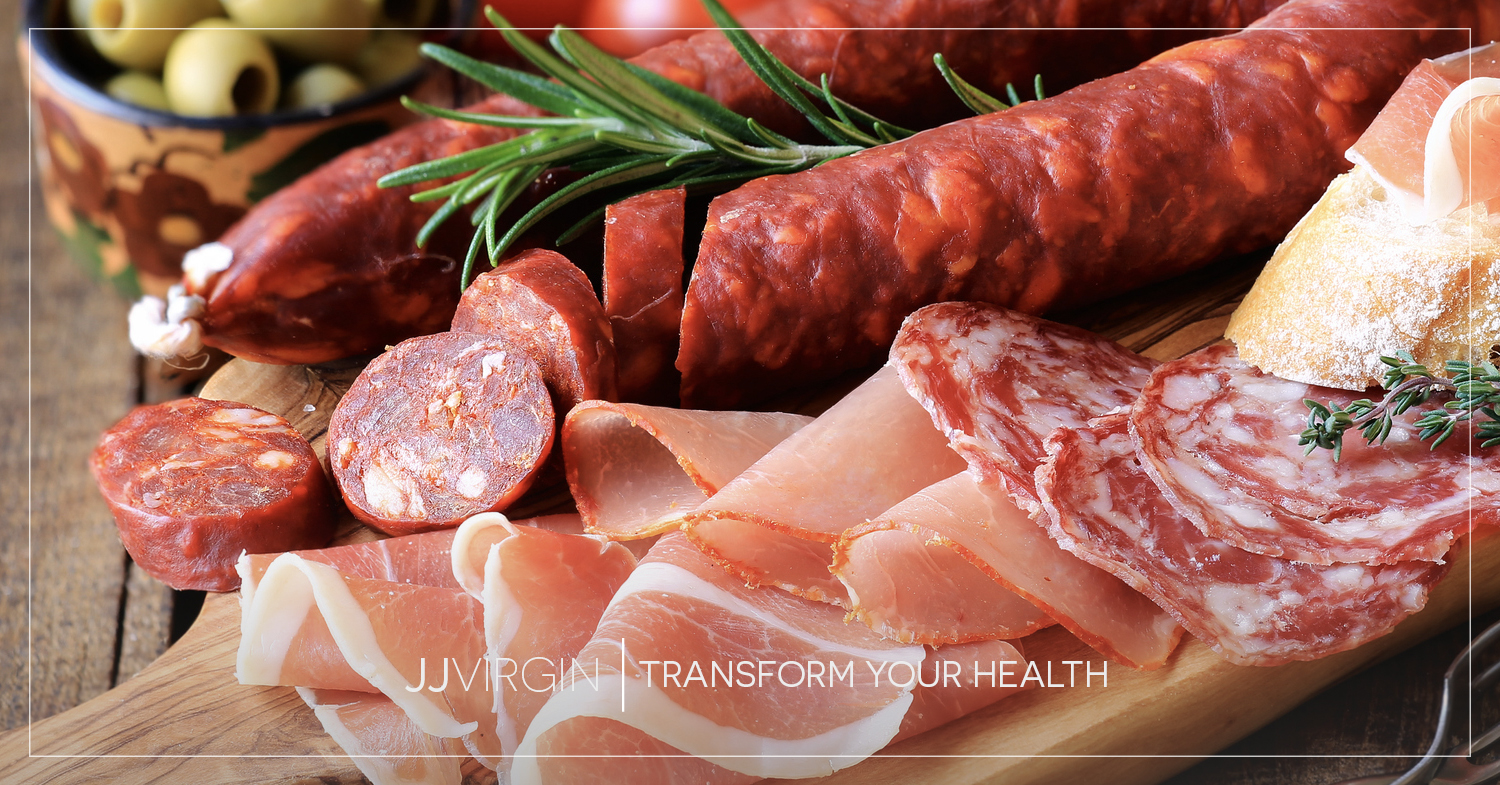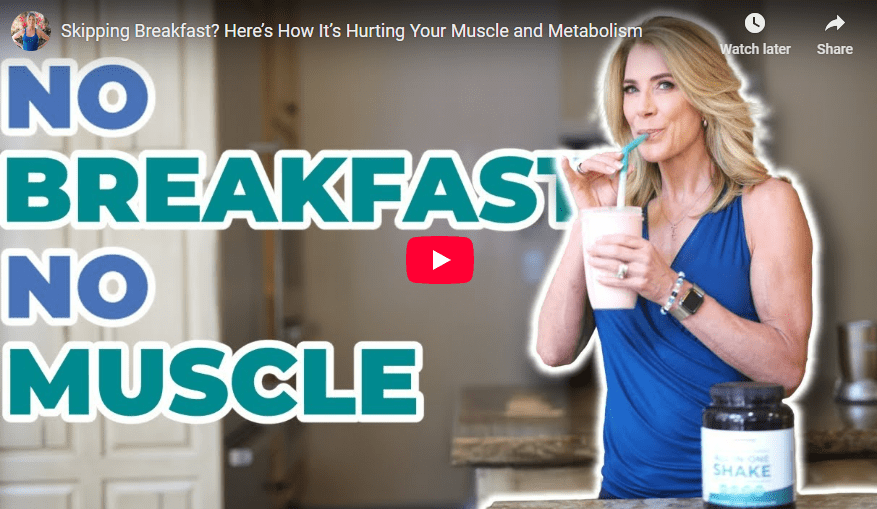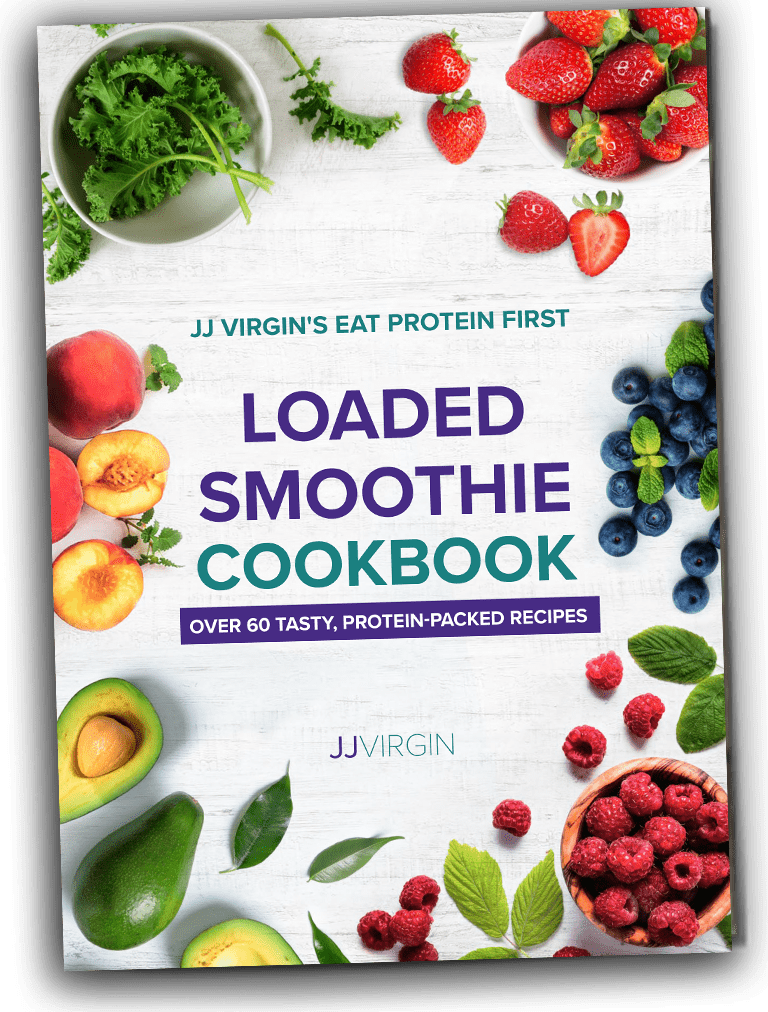If you suffer from seasonal allergies, then you’re all too familiar with the actions of histamine!
The release of histamine during hay fever is what causes those watery eyes and pesky sneezing attacks. And while you may not be a fan of the symptoms that histamine can trigger, this chemical actually plays a crucial role in protecting you against harmful invaders.
But if you’re not able to effectively break down histamine, it can build up to unhealthy levels in your body. And that can lead to a condition known as “histamine intolerance.”
Histamine intolerance can cause a wide variety of symptoms, from flushing, heart palpitations, and hives to headaches and gastrointestinal distress. (For a full list of symptoms, check out this blog.)
Although not as life-threatening as an anaphylactic allergic reaction, histamine intolerance can still make you feel miserable from head to toe.
There’s lots of confusing, misleading information out there. I wrote my Ultimate Health Roadmap to cut through the confusion and provide short, actionable steps you can take to lose weight, feel better, and dial up your health. Grab your FREE guide here.
Why Does Histamine Intolerance Occur?
The key enzyme responsible for breaking down histamine in your gut is diamine oxidase, or DAO.1 When your gut is healthy and strong, DAO is able to clear histamine out of your system.
But if your gut isn’t functioning well, DAO can’t effectively do its job. That means histamine can start to accumulate in your body, causing a whole host of debilitating symptoms.
Several factors have been shown to weaken the activity of DAO, including:
- Leaky gut
- Autoimmune or inflammatory issues
- Chronic stress
- Taking certain medications
- Prolonged acid reflux
In addition, your body can create excess histamine under certain conditions, such as seasonal allergies, prolonged exposure to foods you’re intolerant to, or an overgrowth of bacteria in the gut.
As if all that wasn’t enough, your diet can also affect your histamine levels. While certain foods are naturally rich in histamine, others can trigger the release of histamine or prevent DAO from breaking histamine down.
What Can You Do?
If you’re struggling with histamine intolerance, following a low-histamine diet until your symptoms subside can be a big help.
Here’s a handy list of foods that typically spark a histamine response:
- Fermented foods and drinks like yogurt, sauerkraut, vinegar, and soy sauce (high histamine content)
- Fermented alcoholic beverages, including wine, beer, and champagne (high histamine content and can prevent the breakdown of histamine)
- Peanuts and cashews (histamine-releasing)
- Tree nuts such as walnuts and almonds (histamine-releasing)
- Wheat flour (high histamine content)
- Cured and aged meats (high histamine content)
- Dairy and aged cheese (high histamine content)
- Pork (histamine-releasing)
- Some types of fish including tuna, mackerel, and herring, especially when frozen, smoked, or canned (high histamine content and histamine-releasing)
- Egg whites (histamine-releasing)
- Cocoa and chocolate (histamine-releasing)
- Different types of tea (can prevent the breakdown of histamine)
- Licorice root (histamine-releasing)
- Avocado (high histamine content)
- Citrus fruits, papaya, pineapple (histamine-releasing)
- Spinach (high histamine content)
- Eggplant (high histamine content)
- Tomatoes and tomato ketchup (high histamine content)
- Strawberries (high histamine content)Seasonings including chili powder, cinnamon, and cloves (histamine-releasing)
- Preservatives including sulfites and MSG (histamine-releasing)
If you’re dealing with histamine intolerance, a good rule of thumb is to focus on fresh foods. That’s because the longer a food is saved or preserved, the higher its histamine content will be; it’s especially important to consider the age of your meat, fish, dairy, and fermented foods.
So, a freshly grilled steak is fine if you’re histamine intolerant, but beef or turkey jerky isn’t a great option. You can enjoy a freshly steamed salmon fillet, but give the canned tuna a pass.
That goes for leftovers, too. Eat that chicken breast a day or two after cooking, but if histamines are an issue for you, avoid it on day 3 or beyond.
One note: it’s crucial that you never eliminate histamines from your diet entirely, since that can actually worsen the problem.
The Connection between Histamine Intolerance and Food Intolerance
It’s important to note that histamine intolerance and food intolerance often go hand in hand.
It’s no coincidence that many of the 7 foods most likely to cause food intolerance (gluten, soy, dairy, eggs, corn, peanuts, sugar + artificial sweeteners) also contain high levels of histamines or are histamine-releasing. And all 7 have been proven to do serious harm to your gut, which can trigger histamine intolerance as well.
That means it’s essential to uncover your food intolerances. By addressing any food sensitivities you may have, you can begin to combat the cycle of leaky gut and inflammation that can contribute to histamine intolerance.
The Virgin Diet will help you cleanse your system of the 7 foods most likely to cause chronic inflammation, then test them back to see which ones work with your individual body chemistry and needs.
How to Customize Your Long-Term Eating Plan
Go low-histamine until your symptoms subside and you heal your gut. Then, you can slowly add back a combination of histamine-containing and histamine-releasing foods until you notice what triggers your symptoms. (You may want to work with a functional medicine doctor during this process.)
You also have to be your own health detective and figure out which foods, combinations of foods, and amounts are right for you. Some foods may never be on the table, or you may find that you can tolerate a certain amount of high-histamine foods, as long as you don’t eat them along with histamine-releasing foods.
And remember that your tolerance for histamines will be lower if you’re experiencing seasonal allergies or facing a stomach bug. Easy does it until you’re feeling more like yourself!
On the bright side, most people with even the most severe histamine intolerance can tolerate a medium-histamine diet if they manage their stress, avoid sugar and dairy, and dial down other sources of inflammation.
Both The Virgin Diet and Sugar Impact Diet are ideal long-term plans for anyone with histamine intolerance, since they’re both designed to help you reduce inflammation and its dangerous effects.
Remember, if you’re struggling with histamine intolerance, there is hope! By going on your own personal discovery process and optimizing your diet, you can control histamine intolerance and feel better again.
Ever tried a lemon meringue smoothie? How about an apple pie smoothie? I’ve got recipes for these + 48 other sweet, delicious, GUILT-FREE smoothies + more in this FREE recipe guide.* Claim YOUR copy here.
The views in this blog by JJ Virgin should never be used as a substitute for professional medical advice. Please work with a healthcare practitioner concerning any medical problem or concern. The information here is not intended to diagnose, treat, or prevent any disease or condition. Statements contained here have not been evaluated by the Food and Drug Administration.
References





